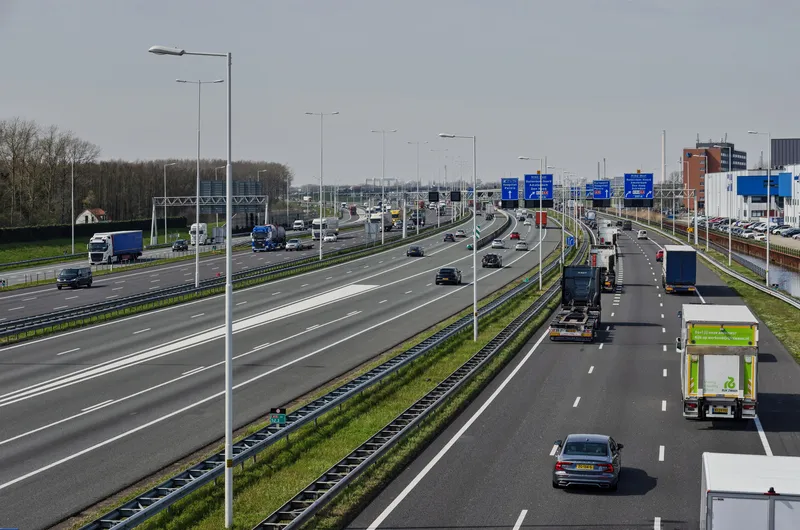Through a six-year agreement, Kapsch will implement an access control system for the Historic Centre of León. The project is intended to improve traffic flow through number plate recognition systems and enhance transport links for local traders. The firm will also handle the operations of the traffic control room as well as renovate its IT systems.
Kapsch is also renewing the Irun-Barrera's toll with the intention of allowing 1,000 vehicles to pass through every day without stopping. The initiative will be carried out alongside construction company Construcciones Amenàbar and will allow motorists to use manual and automatic card/ cash payments. The 16-month deal will include the installation of 20 toll stations.
Additionally, Kapsch and product development firm Insitel will maintain Bilbao city’s railway and ticketing systems over the next four years. Kapsch will maintain the equipment of the Euskotren rail and tram ticketing network which comprises 145 self-sale ticketing machines, 156 cancellation posts and 204 automatic station cancelling machines with flaps installed in the network.
Kapsch strengthens presence in Spain through three projects
Kapsch will carry out three regional projects in Spain to help manage traffic, increase toll capacity and improve railway ticketing. The company says these contracts will strengthen its position in the country.
Through a six-year agreement, Kapsch will implement an access control system for the Historic Centre of León. The project is intended to improve traffic flow through number plate recognition systems and enhance transport links for local traders. The firm will also handle the operations of the tra
June 6, 2018
Read time: 2 mins









